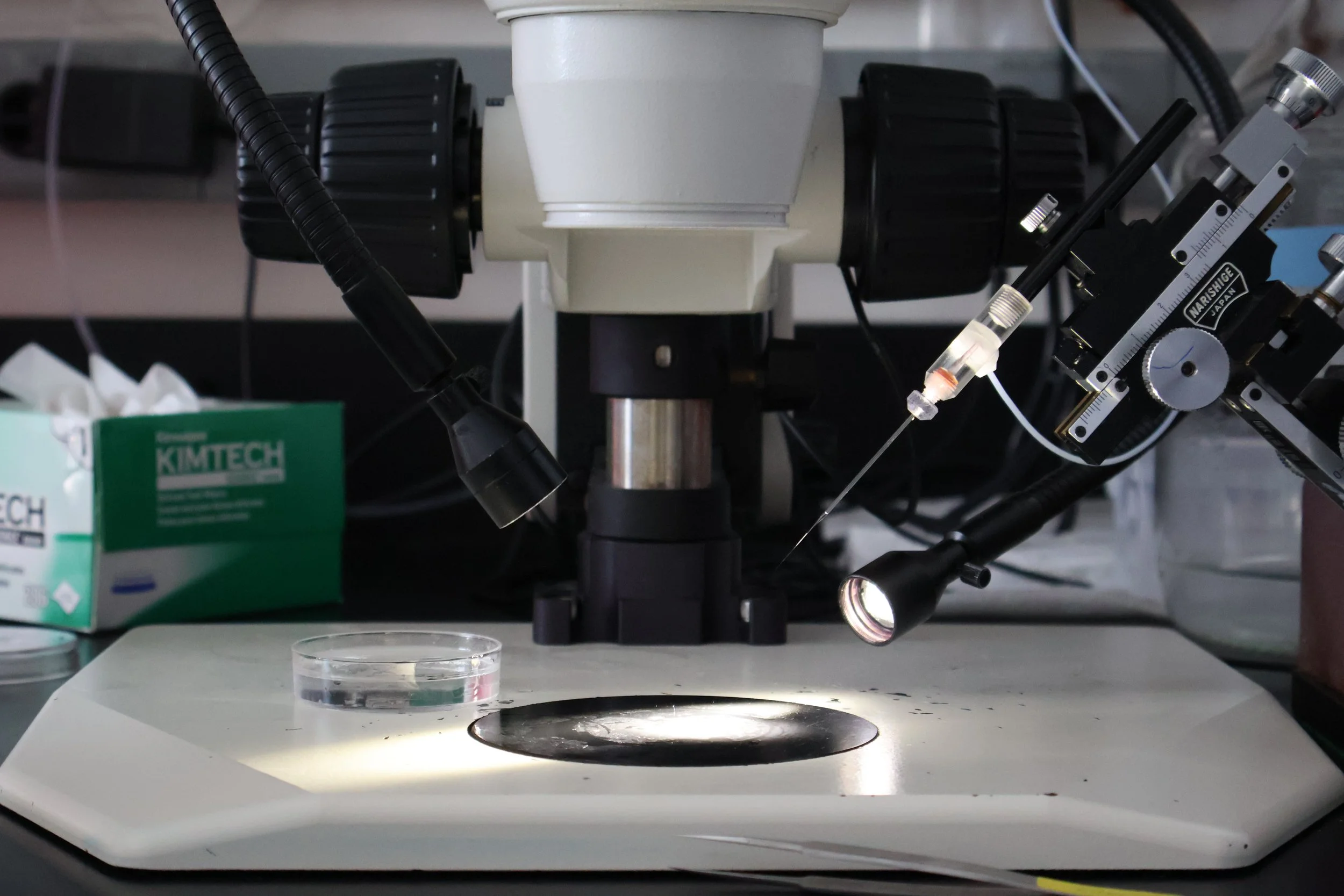Imaging
In our approach, we analyze genes from patients with birth defects in order to understand how they affect development. Then, in order to understand how the gene affects embryonic development, we need to see developmental events in action. In particular, we need to be able to watch the behavior of cells or subcellular organelles during development. Live imaging can be challenging but incredibly informative. In addition, we can label different parts of the cell or monitor dynamic cellular components (actin, calcium, etc) with new fluorophores in order to understand the processes that shape an embryo. In addition, microscopes continue to become more sensitive with greater resolution, allowing the visualization of things we could never see before. In addition to confocal microscopy, we are interested in lightsheet and super-resolution imaging methods to look into the embryo and see embryonic development in action.
